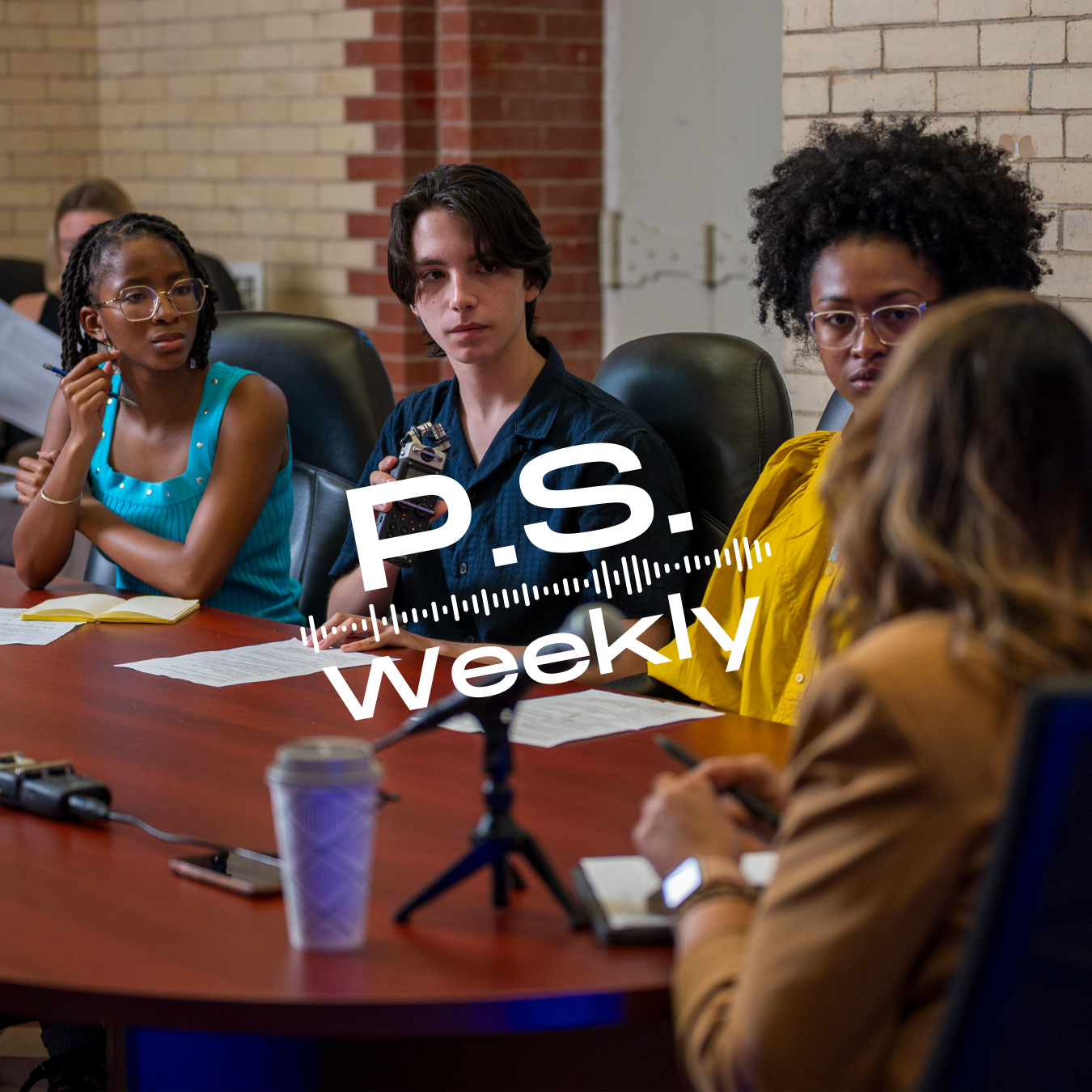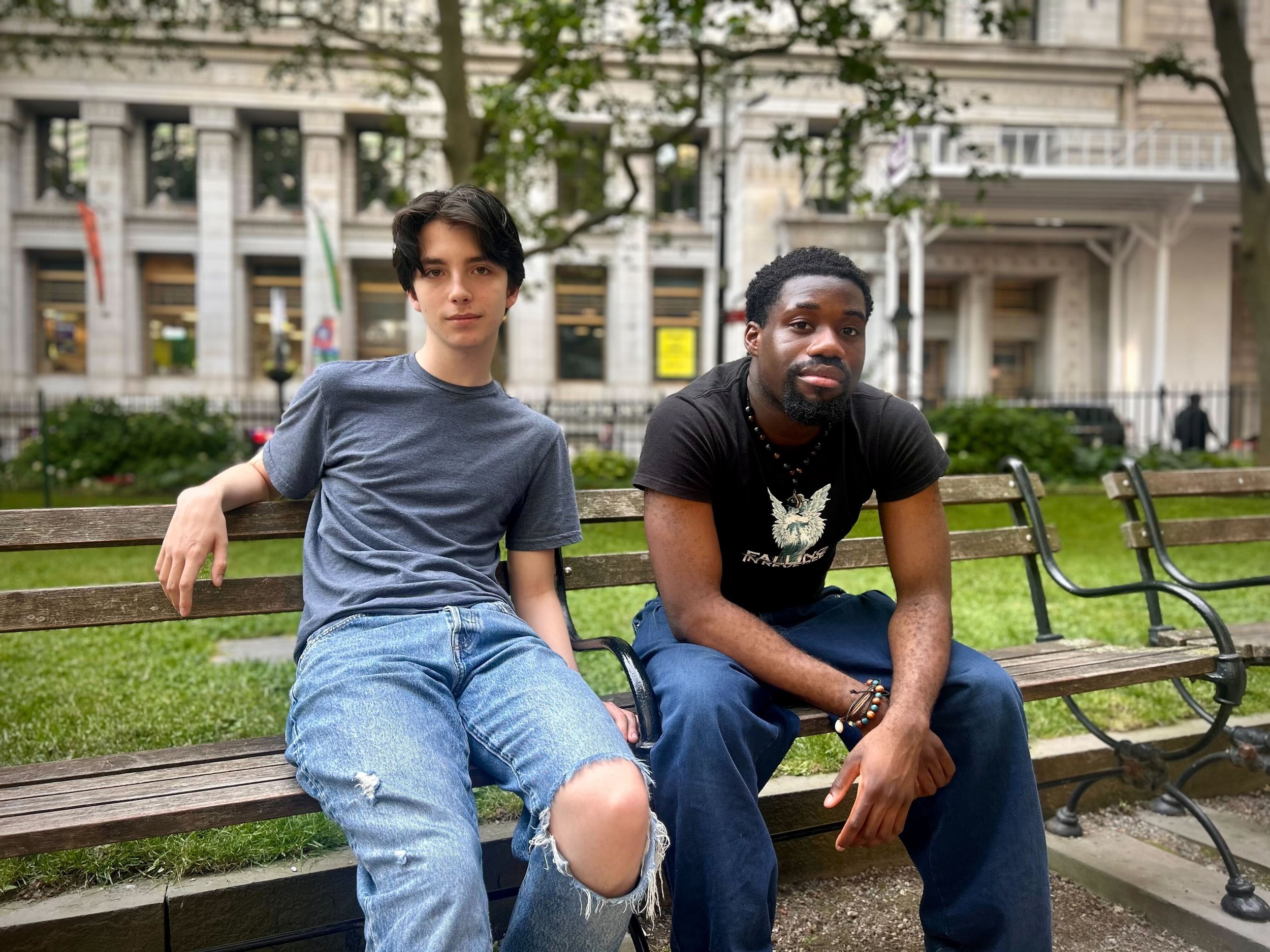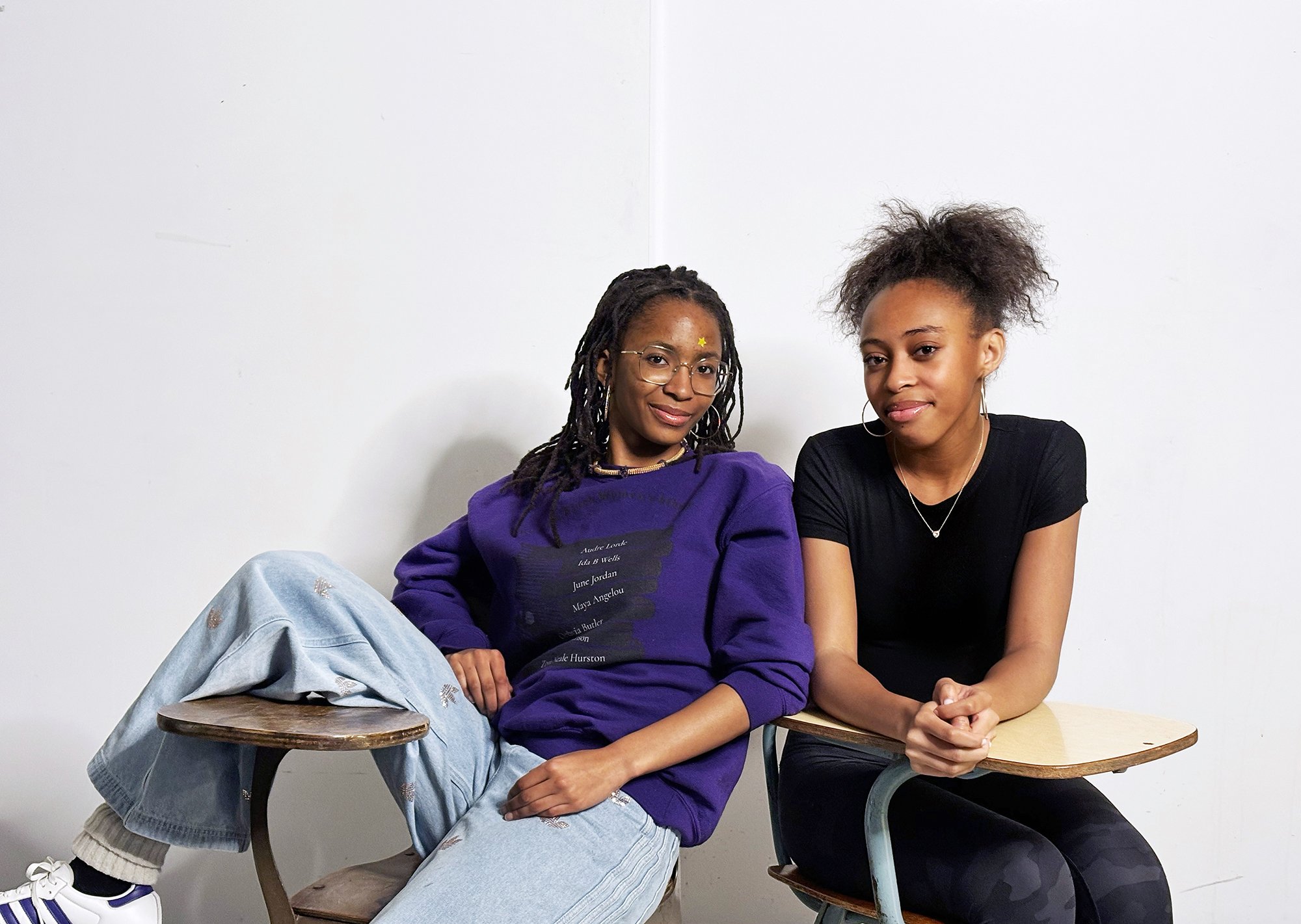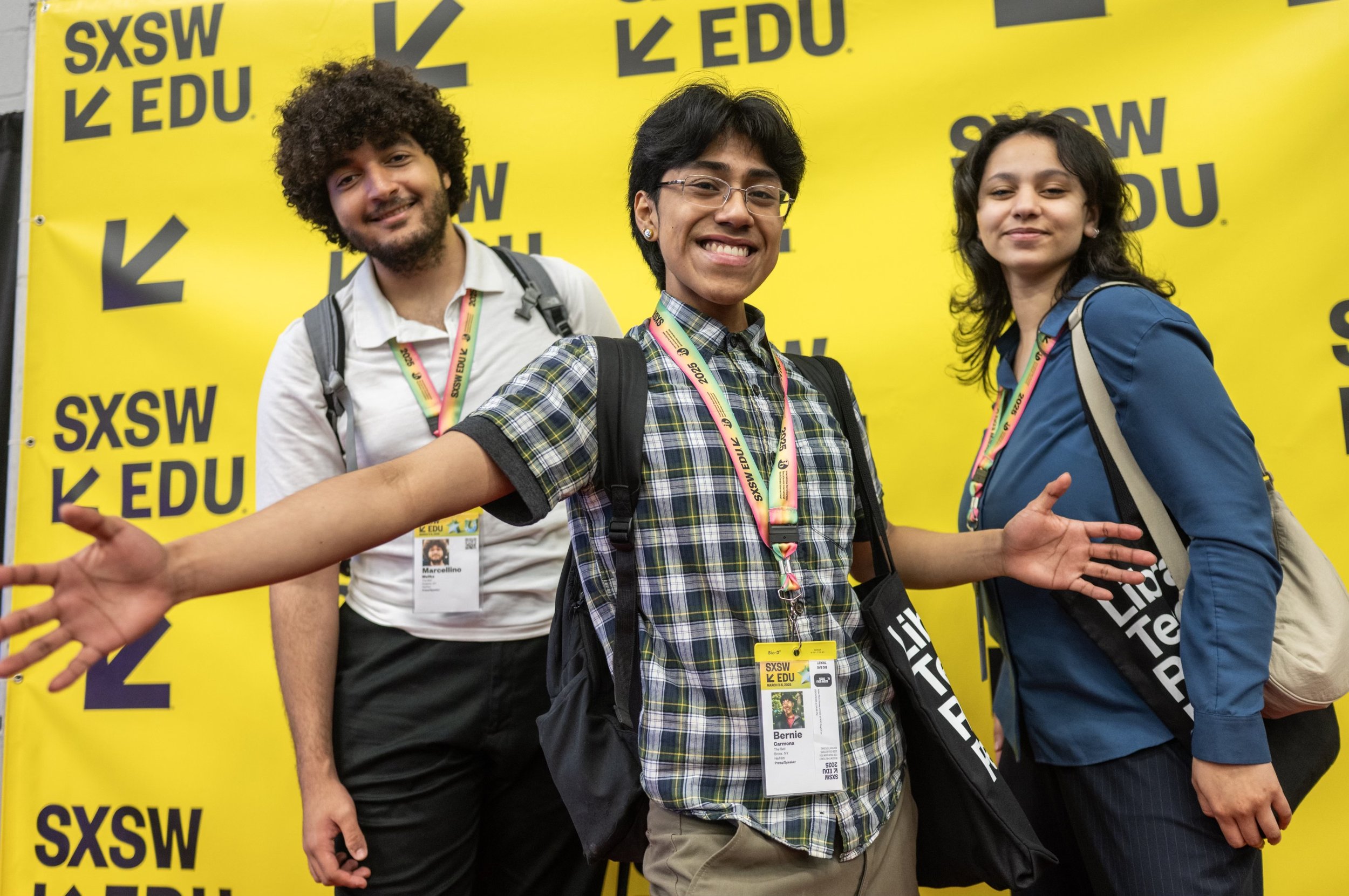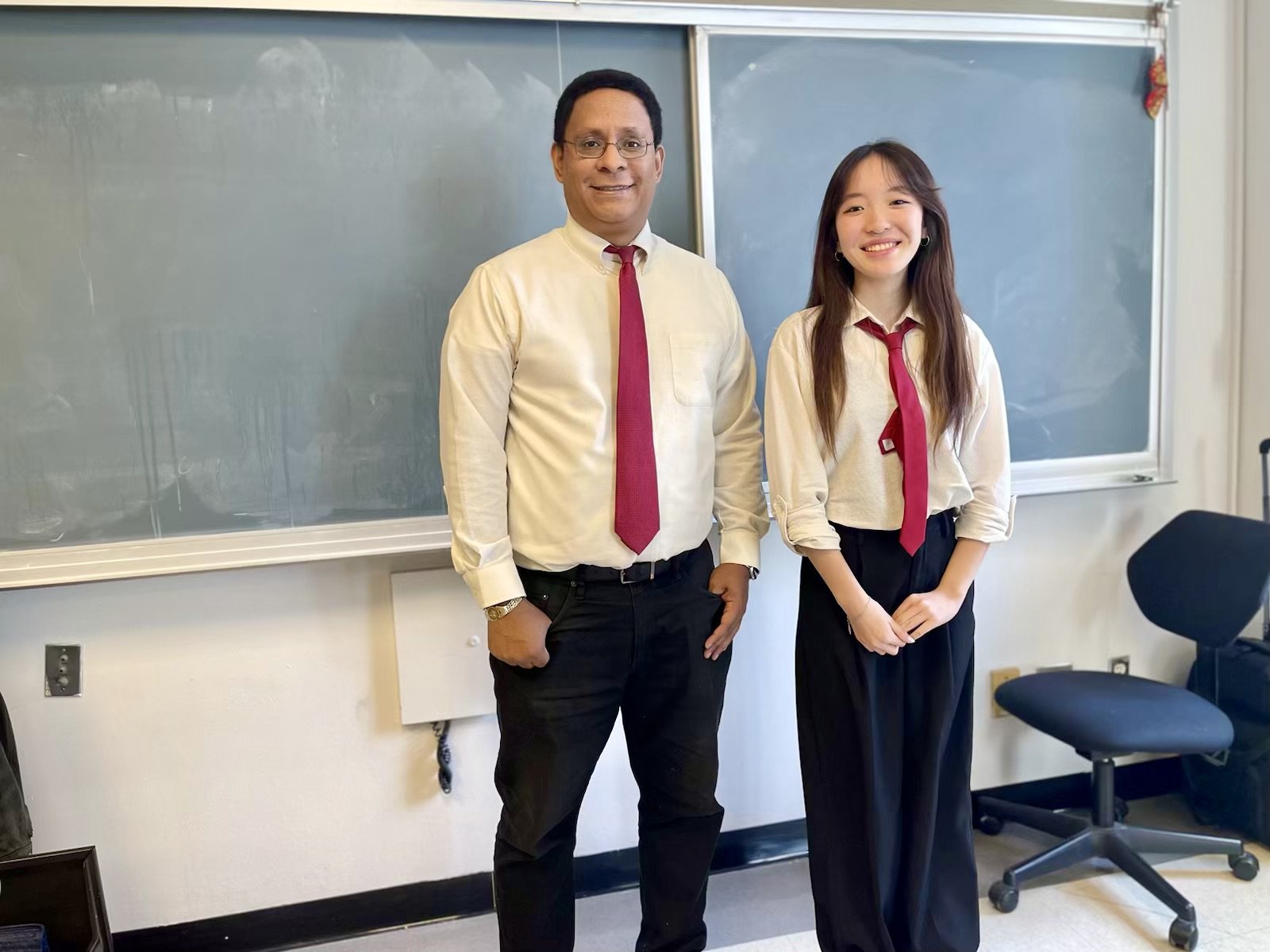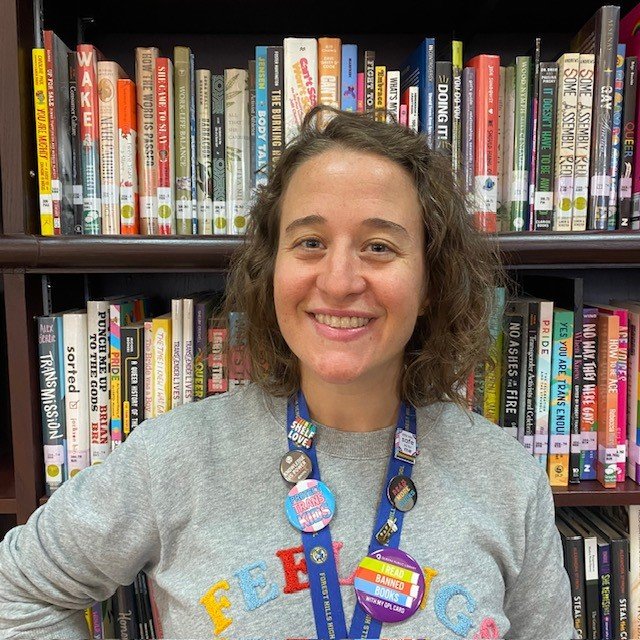
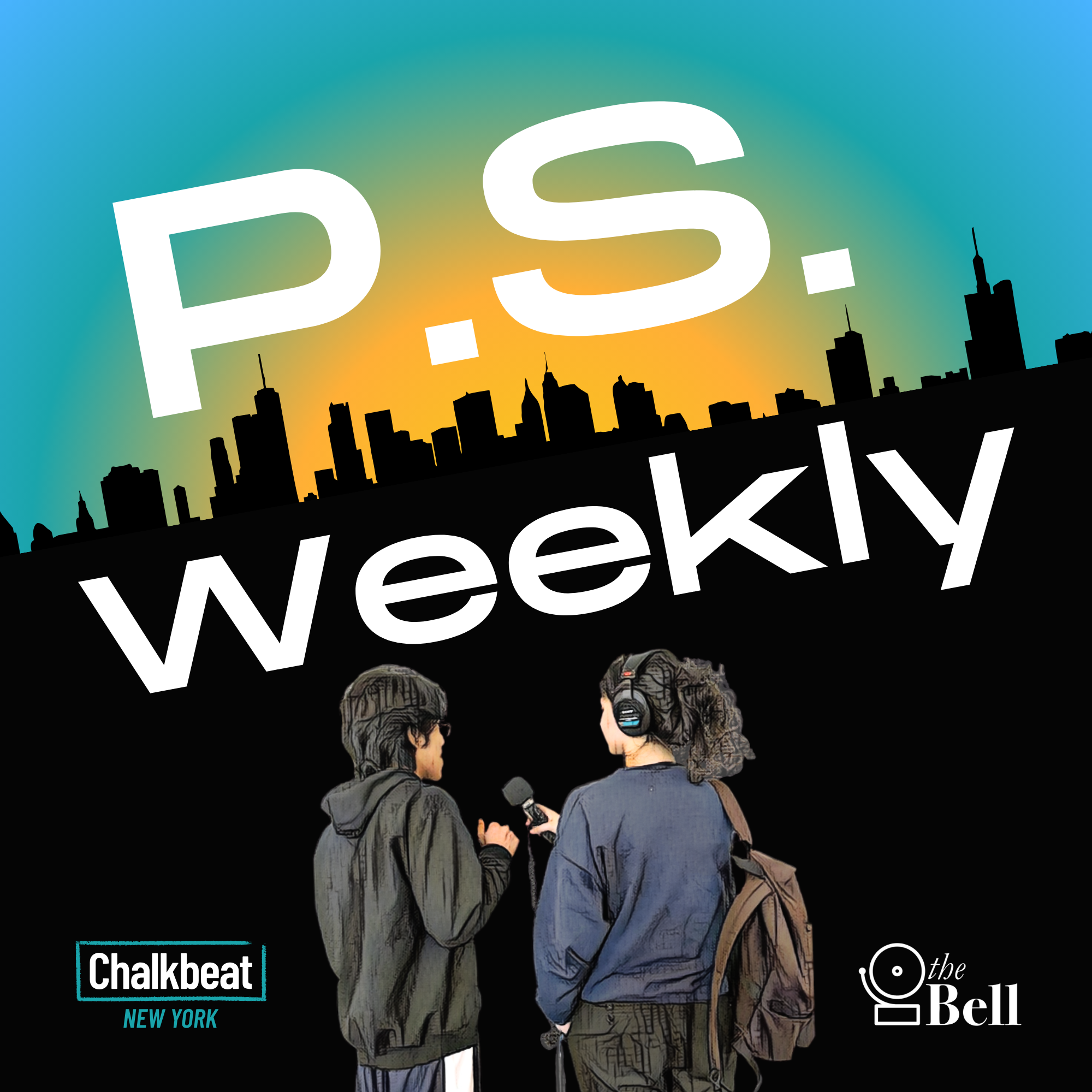
P.S. Weekly explores pressing issues facing students and teachers in New York City schools. The Bell's team of high school audio producers work alongside Chalkbeat's seasoned education reporters to bring you stories, perspectives, and commentary you won't get anywhere else.
Subscribe on Apple Podcasts | Spotify
Episodes
New York City schools Chancellor Melissa Aviles-Ramos shared her thoughts on pressing education issues including the cellphone ban and whether she’d encourage her middle school daughter to take the Specialized High School Admissions Test.
The season finale of P.S. Weekly dives into the youth vote and the 2025 mayoral election. We break down youth voter engagement, candidate platforms, and why local politics matter.
With the mayoral primary approaching, Episode 9 of P.S. Weekly takes on the state of civic education in New York City high schools.
Episode 8 of P.S. Weekly tackles the emotional and social fallout of the pandemic, looking at mental health issues that left many students unable to attend class.
Episode 7 of P.S. Weekly explores the state of youth climate activism, ranging from apathy to action, and one Manhattan student’s push to get her high school to compost.
Episode 6 of P.S. Weekly wades into the complicated world of New York City school bathroom policies, including the much loathed 10-5-10 rule limiting use between and during classes.
Episode 5 of P.S. Weekly looks at the rise of AI in education. Students and teachers sound off on AI’s practical uses as well concerns about creativity and academic integrity.
Episode 4 of P.S. Weekly tackles teacher turnover and how turbulent relationships between teachers and administrators might be a major contributing factor.
What happens when you’re afraid to apply for financial aid?
First-gen students — including those with undocumented parents — share the fears, barriers, and high stakes of navigating the FAFSA.
Why does New York City take such a patchwork approach to sex education—and what do students say needs to change?
What’s the state of ethnic studies in New York City schools? And how does recent political opposition from the Trump administration threaten its expansion?
New voices, bold questions, and stories you won’t hear anywhere else. We’re bringing you the sound of the New York City school system, from those who know it best: the students.
Students share firsthand perspectives on the complexities of high school admissions, resource gaps, and the urgent need for systemic change in New York City.
An inside look at a funding drama for an arts program at a performing arts high school, plus the importance of swim lessons.
While protests over the Israel-Hamas war have gripped New York City college campuses, we look at how high schoolers have reacted — and the student freedom of speech issues being raised.
What happens when a teen wants therapy but their parents are unsure? And is NYC’s bold initiative to offer free virtual therapy to teens working?
What do New York City students think of school lunch food? In this episode, our reporters sniffed around their cafeterias and visited NYC Public Schools’ official test kitchen for the inside scoop.
It’s Teacher Appreciation Week, and in this special episode, P.S. Weekly and Chalkbeat reporters — and their parents — share stories about the teachers who have inspired, encouraged, and shaped them.
In this special episode, student reporters Shoaa Khan and Jose Santana speak to Chancellor David Banks about a range of important issues that affect students.
With college admissions in flux and the NYC school system shifting its emphasis toward "career pathways," two students prepare for life after high school.
More than 200,000 New York City students have a disability classification that entitles them to specific learning accommodations — but do they always get them? Students share their experiences.
The national wave of book bans has been coming ashore in surprising ways in New York City.
The first episode of P.S. Weekly focuses on one of this year’s biggest education stories in NYC: the arrival of thousands of migrant students.
Contact our team
Email
psweekly@chalkbeat.org
Send us a message

